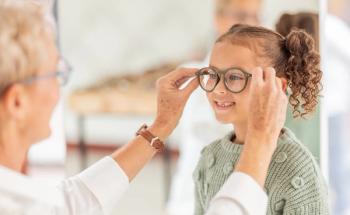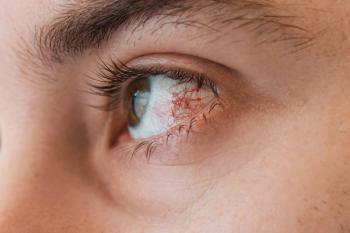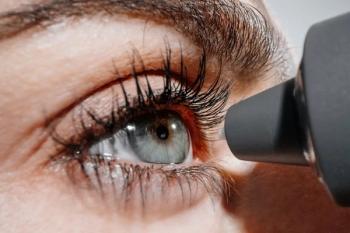
EyeCon 2022: Knowledge is the key to control of myopia
Three experts in myopia control convened at the Optometry Times EyeCon meeting to discuss methods to control this burgeoning global epidemic.
Three experts in myopia control convened at the Optometry Times EyeCon meeting to discuss methods to control this burgeoning global epidemic. Jeffrey Walline, OD, PhD, Deborah Jones, OD, and Shalu Pal, OD, advised that optometrists should be up to date regarding the prevalence rates of myopia and measures to address this potentially blinding disease.
“Optometrists need to arm themselves with knowledge of the latest myopia control evidence in order to provide optimal care and appropriate informed consent,” he commented.
Walline and Pal, who is in private practice in Toronto, Ontario, provided the audience with a high-level view of the latest information regarding myopia control. They discussed the latest evidence of the importance of myopia control, ranging from the reduced risk of sight-threatening complications in adulthood to better uncorrected visual acuity in everyday activities such as when straining to see the alarm clock or take a shower.
In addition, they mentioned what optometrists need to be successful with myopia control in daily practice.
They emphasized that education is paramount when it comes to myopia control, so training a staff person to answer patient questions, provide them with written information, and provide appropriate patient flow management will improve efficiency and care of the young patients with myopia.
Walline and Pal also discussed the options that are currently available for myopia control; these include low concentration atropine, soft multifocal contact lenses, orthokeratology lenses, and special myopia control spectacles. They also instructed optometrists on how to choose the appropriate treatment for the patient in the chair.
Deborah Jones, OD, who is a clinical professor at the School of Optometry and Vision Science and a clinical scientist at the Centre for Ocular Research & Education, University of Waterloo, Ontario, led a question-and-answer session, guided by audience participation, which included information about the necessity of measuring the axial length, the appropriate time to stop myopia control, and determining when myopia control is sufficient.
“We anticipate that practitioners will return to their practices being well informed on the ways to manage their young patients with myopia. Including why myopia control is important, how to start the conversation, how to monitor their patients, and how to decide what the most appropriate management option is for the patient in their chair,” Jones stated.
This symposium provided a variety of perspectives on myopia control, including clinical practice, knowledge of the literature, and scientific discovery. Some evidence-based clinical tips to enable optometrists to comfortably treat young myopic patients to the highest levels of care include the following, according to Walline:
- We cannot predict which myopia control method will work best for the patient in the chair, so the one that best matches their lifestyle may be the best option to improve compliance with the treatment.
- It is best to include several types of myopia control in your practice because no single modality works best for all patients.
- We cannot predict whose eyes will grow fastest, even based on the previous year’s eye growth, so myopia control should be discussed with the parents of all young children with myopia.
Newsletter
Want more insights like this? Subscribe to Optometry Times and get clinical pearls and practice tips delivered straight to your inbox.



















































.png)


